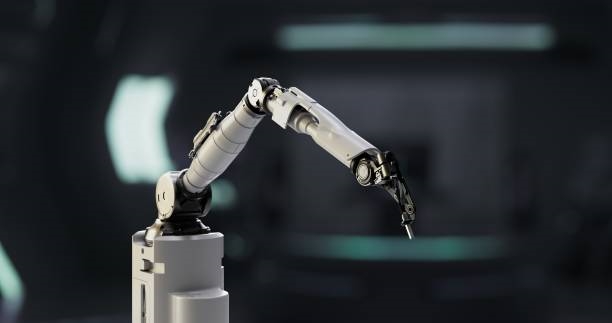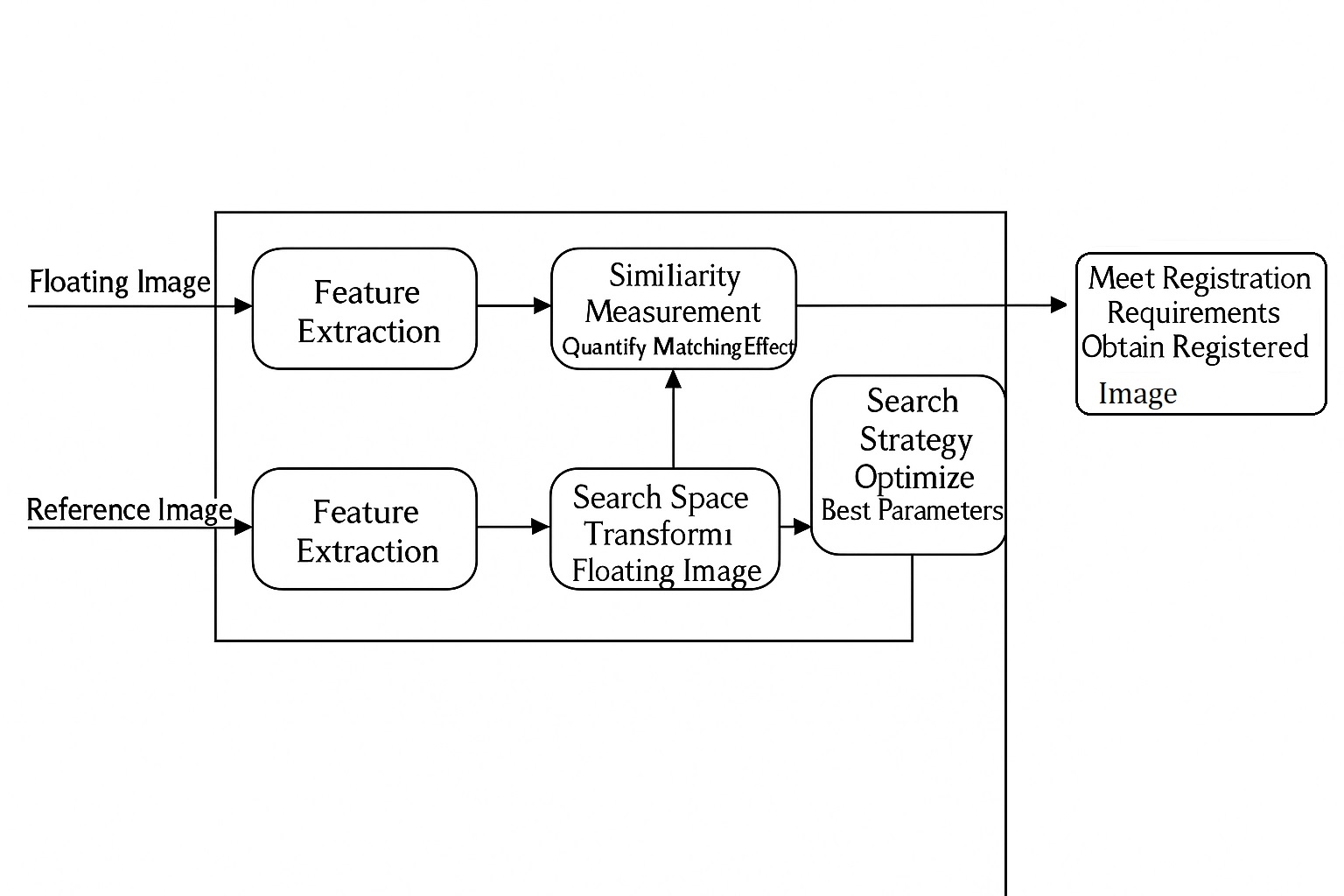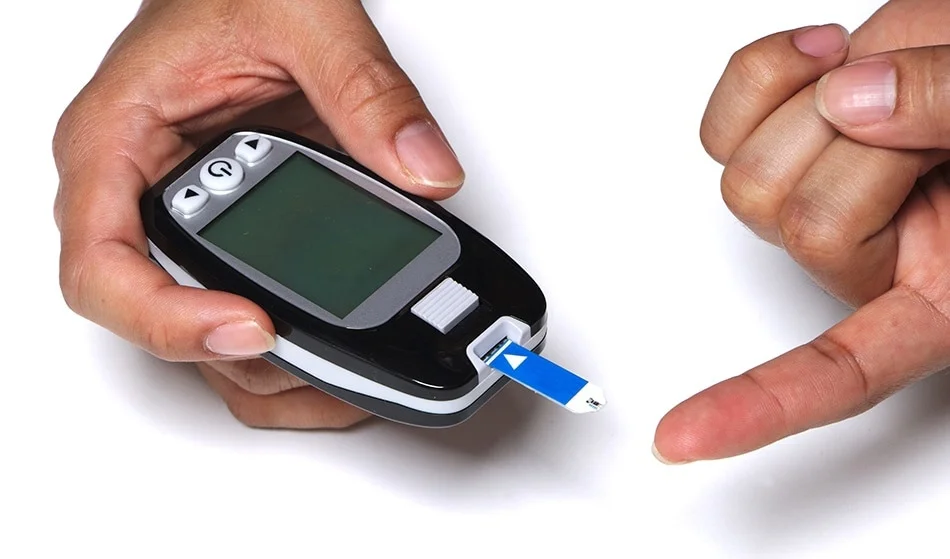Brain-computer interfaces (BCIs) are a rapidly advancing field, enabling applications such as communication restoration, motor function recovery, psychological disorder treatment, and gaming. Electrodes are critical for detecting and transmitting brain activity in BCIs. Traditional rigid electrodes face limitations due to potential tissue damage and signal degradation over time, driving the development of flexible electrodes. Made from soft materials, flexible electrodes offer improved biocompatibility, higher signal-to-noise ratios, and broader applications. This article reviews the latest classifications of flexible electrodes and their future development directions.
Overview of BCI Electrodes
BCI technology relies on establishing a stable, low-impedance interface between the brain and electrodes to ensure high-quality brain signal acquisition. The primary goals are to enhance EEG signal quality, improve patient comfort, and minimize trauma. Electrodes are thus a core component of BCI systems.
Brain signals are typically collected via electrode-based techniques. Electrical stimulation offers lower spatial resolution but high temporal resolution (milliseconds) and portability, particularly in deep brain stimulation (DBS), which is FDA-approved for epilepsy treatment. It also enables closed-loop applications for bidirectional brain-machine interaction. Neuromodulation can be achieved through electrodes, optogenetics, or transcranial magnetic stimulation (TMS). TMS is safe, non-invasive, and effective but lacks portability and closed-loop potential due to heavy equipment. Optogenetics provides high spatial and temporal resolution, targeting specific cells with microsecond precision, but its invasiveness limits its use.
Advantages of Flexible Electrodes
Recording EEG signals from single neurons traditionally requires invasive rigid electrodes made of metal or silicon, which may cause biocompatibility issues, infections, or brain damage, affecting long-term (over three months) signal stability. Semi-invasive electrodes, typically made of platinum or silicone rubber, often slide on the cortex during movement, making them unsuitable for extended implantation. Non-invasive Ag/AgCl electrodes, used with saline or conductive gel, face challenges like gel preparation and patient comfort.
Flexible electrodes address these issues by forming biocompatible interfaces with brain tissue, reducing immune responses and enabling stable long-term recordings. Polymer-based flexible electrodes offer superior flexibility, meeting manufacturing standards while minimizing artifacts from head motion or physiological movements like breathing or blood flow. Developing diverse flexible electrode types and interface materials is critical to overcoming current limitations.
Classification of Flexible Electrodes
Based on their invasiveness, electrodes are classified as invasive, semi-invasive, or non-invasive. Invasive and semi-invasive electrodes are intracranial, requiring surgical placement. Invasive electrodes penetrate brain tissue to record single neuron potentials, providing high-quality signals. Semi-invasive electrodes are placed on the brain¡¯s epidural or subdural surface without penetration. Non-invasive electrodes include scalp, ear, or forehead types, with ear EEG electrodes showing promise for integration into headsets.
All BCI electrodes prioritize mechanical performance, adhesion, and biocompatibility. Biodegradability is particularly relevant for intracranial electrodes used in drug delivery or temporary placement.
Invasive Electrodes
Invasive electrodes show significant potential in BCIs, detecting neural activity across wide spatial scales and enabling interactions between biological systems and external electronics. Recent advancements focus on flexible materials. For instance, a 1024-channel silicon microneedle array (SiMNA) with a flexible substrate offers compliance with brain motion and detailed spatiotemporal mapping. When paired with machine learning, these electrodes could restore physiological functions impaired by diseases.
To reduce tissue damage, platinum electrode arrays mounted on nitinol endovascular stents have been developed for neural recording and stimulation. Hydrogel-based interfaces, such as those using PEG in artificial cerebrospinal fluid, provide flexibility and biocompatibility, minimizing dissimilarities between electrodes and neurons. A hybrid probe integrating tin micro-wires, optical fibers, and microfluidic channels in a polyacrylamide-alginate hydrogel matrix mimics brain tissue, enabling deep brain insertion with minimal damage.
Challenges include surgical invasiveness, infection risks, bleeding, and signal degradation over time. Emerging trends involve increasing channel counts for multifunctional, wireless EEG recording using flexible materials like metals, graphene, conductive polymers, and stretchable substrates. Neuralink¡¯s ultrafine polymer probes, each with 32 electrodes, allow rapid implantation via robotic suturing.
Semi-Invasive Electrodes
Semi-invasive electrocorticography (ECoG) electrodes are placed on the brain¡¯s surface, conforming to its curves with high spatial resolution and larger contact areas. Multi-channel ECoG arrays with hundreds of channels have been developed, such as a 4-micron-thin polystyrene-based Neurogrid with 256 recording sites. ECoG electrodes cause fewer infections and immune responses than invasive types while offering better signal quality than non-invasive ones, making them valuable for epilepsy, chronic pain, and brain tumor research.
Ultrathin (30 ¦Ìm) micro-ECoG arrays with thousands of channels (1024¨C2048) improve signal quality and reduce interference, supporting applications in motor and speech prostheses. Flexible substrates like parylene enhance mechanical compatibility, biocompatibility, adhesion, and low impedance, minimizing invasiveness.
Non-Invasive Electrodes
Non-invasive electrodes are widely used in neuroscience and entertainment but suffer from limited spatial resolution. Solutions include reducing electrode size and increasing channel counts. Non-invasive electrodes are categorized by placement: scalp, ear, or forehead.
Scalp electrodes penetrate hair to maintain stable skin contact, using materials like conductive polymers with dense micropillars for low impedance. Ear electrodes, integrated into earbuds or headsets, face challenges with signal consistency due to irregular ear surfaces. Forehead electrodes benefit from flat, hairless skin, enabling simple, cost-effective designs like textile-based or graphene e-textile headbands for daily or emergency monitoring.
Non-invasive electrodes are further divided into wet, semi-dry, and dry types. Wet electrodes (e.g., Ag/AgCl) are the gold standard but require time-consuming setup and can be uncomfortable. Semi-dry electrodes combine wet and dry advantages, while dry electrodes offer portability and ease of use.
Dry Electrodes
Flexible dry electrodes provide minimal harm, ease of use, and stable long-term recordings for clinical and daily applications. Their main drawback is low conductivity due to the absence of electrolytes, leading to high contact impedance and motion sensitivity. Microneedle array electrodes (MAEs) address this by penetrating the stratum corneum, reducing impedance and motion artifacts. Flexible MAEs, such as those based on polystyrene or SU-8 polymer, ensure stable contact with curved surfaces, supporting diverse applications like comb-shaped or bristle electrodes.
Semi-Dry Electrodes
Semi-dry electrodes release electrolytes via internal reservoirs, using pressure, capillary action, or rechargeable mechanisms instead of gels. Micro-seepage electrodes with PU sponge legs or superporous hydrogels (e.g., PAM/PVA) absorb and release saline, maintaining low impedance and user-friendliness. Challenges include ensuring uniform pressure and long-term reliability.
Wet Electrodes
Wet Ag/AgCl electrodes use gel or saline as a conductive buffer, ensuring effective skin contact and stable EEG signals. However, setup is time-consuming, and long-term use may cause discomfort or signal degradation. Novel wet electrodes, like those using conductive hydrogel films with carbon nanotubes and cellulose, offer high water absorption and ease of use. Hydrogel-based claw electrodes penetrate hair with low impedance, while elastic hydrogel-elastomer sensors provide adhesion and motion artifact resistance, supporting portable BCI applications.
Conclusion and Outlook
Recent advancements in flexible electrodes have enhanced the safety, portability, and efficiency of BCI applications. Challenges remain, including developing simple, cost-effective, and scalable manufacturing methods for both invasive and non-invasive electrodes. Reliable, user-friendly, and portable BCI systems are essential for daily use. Flexible electrodes are critical hardware for transmitting EEG signals, bridging humans and machines to improve quality of life for those with neurological disorders. Continued exploration of materials, fabrication techniques, and substrates is needed to unlock their full potential.
 ALLPCB
ALLPCB







